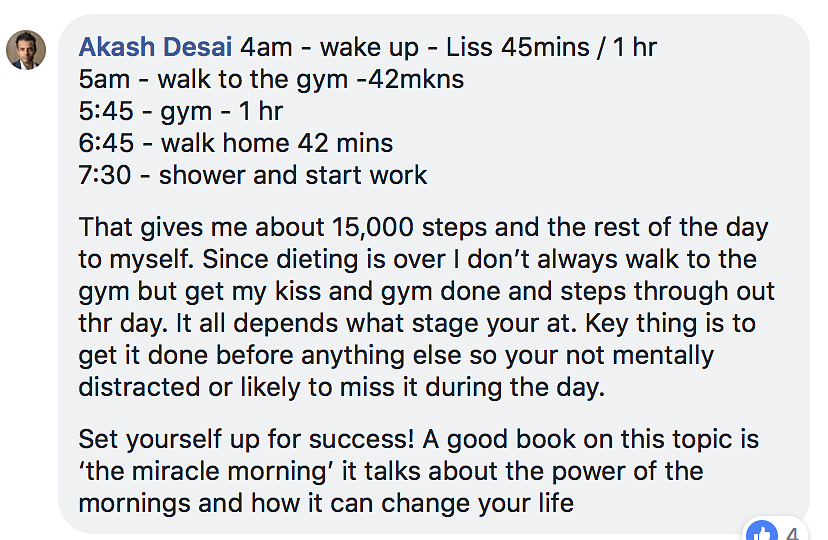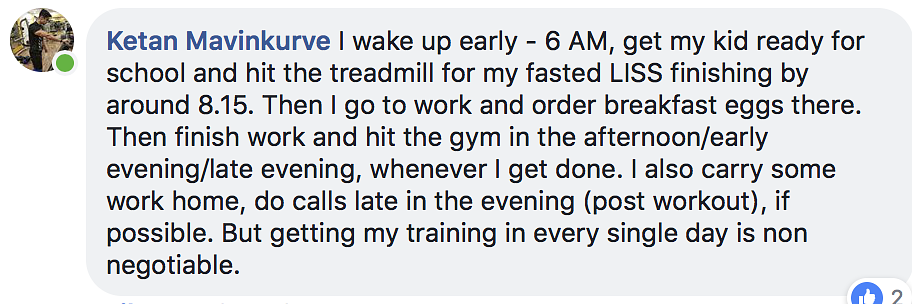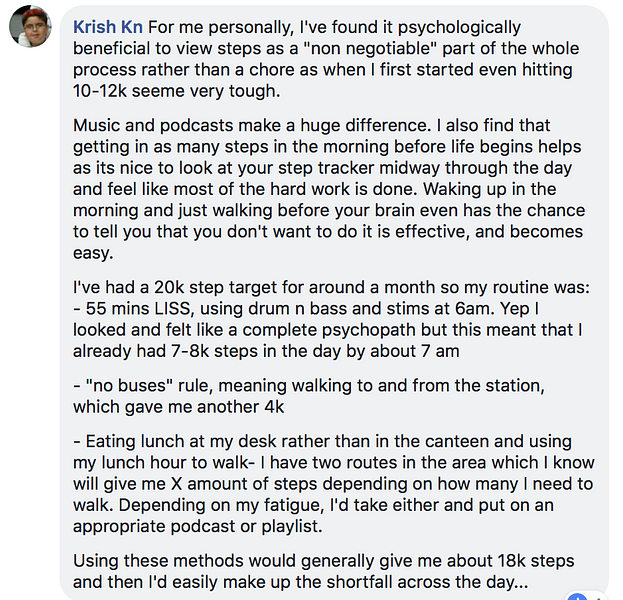1. Maximise Your Morning
2. Build It Into Your Commute

3. Maximise Your Time At Work
4. Schedule Everything

5. Make It Your Non-Negotiable

What If You Work From Home?
- Start the day with LISS
- Walk to and from the gym
- Do all calls either walking around the house, in the garden, or ideally outside.
- Go for a walk at the end of the day after finishing all my work







.png)

